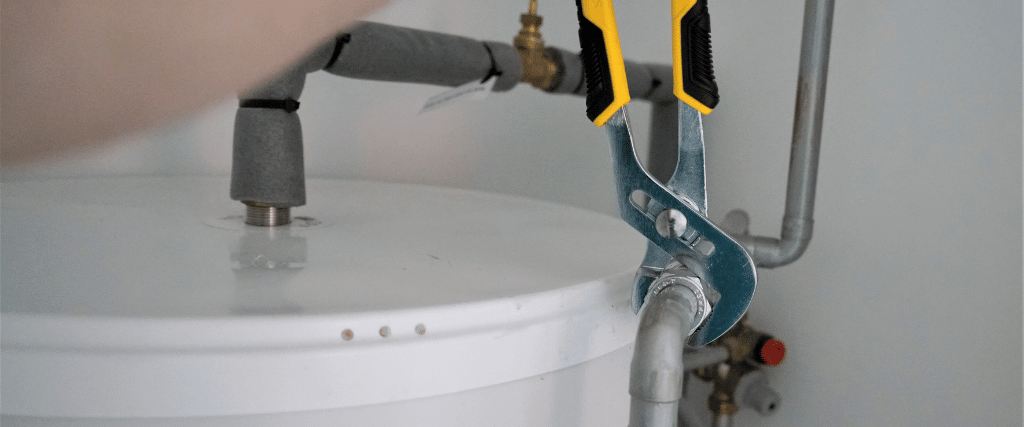Preparing for your Water Compliance inspection
To ensure your water/plumbing inspection runs smoothly please follow the below guidelines.

If you have any more questions related to preparing for your water compliance inspection, please don't hesitate to contact us.
- The hot water cylinder is one of the most important aspects of the water inspection. It is legally required to be accessible at all times for survey and maintenance. Should your geyser not be readily available for our inspection, (It may be boxed in) it is your responsibility to ensure that it is opened. We suggest leaving a hole or trap for future access. DOSS do not undertake to remove panels, dismantle covers or breakthrough trap doors to gain access to units for inspections. Please note that non-compliance of the above will result in delays. The owner will be responsible, unless otherwise arranged, to restore or remodel so that access to geyser is in line with the regulations.
The following guidelines also need to be kept in mind:
- If you are going to enclose the geyser, it would be prudent to do so once the inspection and all compliance work has been done.
- Work around a geyser which has difficult access may result in the exposure of previously undetected mechanical parts. For example, the separation of TP and PRV overflows may expose areas of the installation that were previously concealed. These will then be examined and reported on if faulty. (They are mechanical parts and as such are subject to wear and tear.)
- The water inspection and compliance specifically relate to water wastage and do not cover general plumbing maintenance. See the City of Cape Town's Water by-law.
- Make sure that none of the terminal fittings (taps etc.) leak and that they are correctly fixed or secured in position.
- Confirm that no rainwater is discharged into the sewage system.
- Ensure that there iso cross-connection between the potable water supply and grey-water or groundwater which may be installed.
- All water pipes in the plumbing installation are correctly saddled or secured to prevent pipe movement. If left unattended this can lead to eventual pipe damage and a leak allowing water to run to waste.
